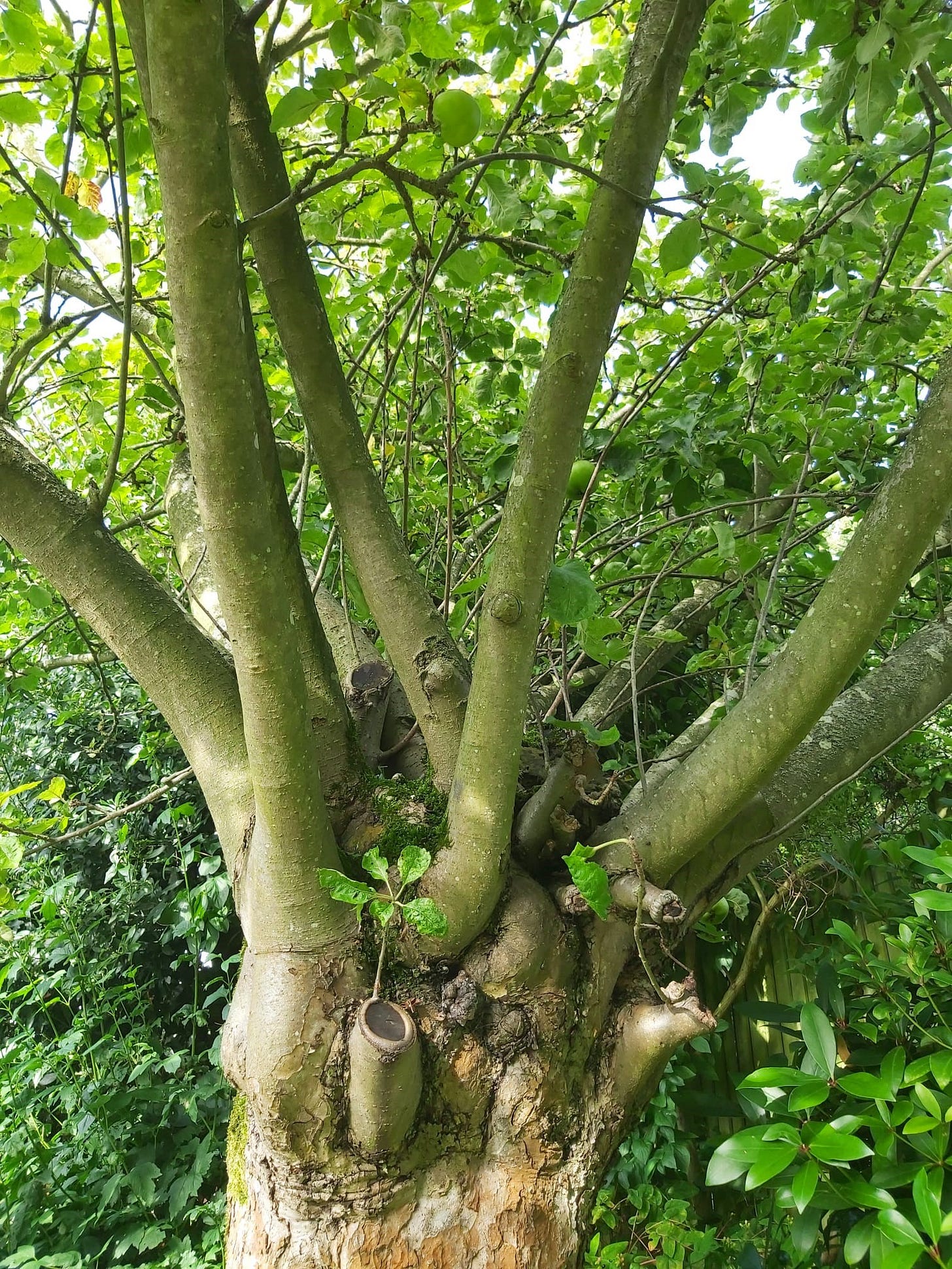I write Toxic Workplace Survival Guy because toxic workplaces make me angry. I want to help as many people as possible to do as I did: emerge with my mind, dignity and career intact. I’m committed to sharing everything I learned the hard way. A big thank-you to all those who’ve endorsed this project by becoming a paid subscriber: Your generosity helps make Toxic Workplace Survival Guy sustainable.
Survival Tool #1: Admit your Workplace Is Toxic
For a good few months, maybe half a year, I lived in denial.
“It’s not that bad,” I would tell myself. “I’m sure things will improve.”
And yes, some days did seem better than others.
But then the bad days got worse.
And they would have to get a whole lot worse still before I was ready to take self-sacrificial but absolutely necessary action to pull myself out of harm’s way.
Think of the career equivalent of a rabbit gnawing off its leg to escape a snare. (Don’t worry: In this version of the analogy, the rabbit’s leg grows back).
Name It To Tame It
I learned that the first rule of the toxic workplace is to name the fact that you’re in a toxic workplace — if only to yourself.
But that seemingly trivial step is a lot harder than it sounds.
As human beings, we’re wired for connection.
From infancy, our very survival depends entirely on the love, competence and attention of our care-givers.
The galaxy of neurons stretching from the cavity inside our skulls, down into our hearts and guts, is precisely calibrated to perform one task above all others: tell us when people are safe, and when they’re not.
That’s why our bodies are much keener instruments for sensing whether we’re in a toxic workplace than our minds.
The problem is that we’ve trained ourselves not to listen.
That means that unless we’re exceptionally tuned in, we can spend months — even years — in a toxic workplace without even knowing it.
Stumbling Through Fog
I remember those early days well.
I wasn’t exactly depressed, though I was occasionally angry (the real anger would come later).
Mostly, I was confused.
What I had assumed would be a demanding but still very enjoyable, collegiate environment had become tiresome and fraught.
I felt like I was stumbling through fog.
Though I didn’t realise it, I can see in retrospect that I must have frequently been wearing a look on my face that I would later learn to recognise instantly in others.
My wife would call it my “perturbed” look.
I know it now as the look worn by the little boy in me — the one who was in search of a very particular quality of reassurance, but could never quite find it.
And this little boy would find comfort where he could: One of the best places was a little patch of lawn under an old apple tree in my wife’s grand-mother’s garden. I would lie there for a long time. The sensation of feeling held by the earth was an antidote to the residue left in my system by the latest toxic interaction at work.
The reason for my confusion was that this young part of me still refused to admit what was going on.
This was the part that had been so relieved — overjoyed, even — to land the role.
The part that had a lot invested in the story that this would be a safe, comfortable and enjoyable place to work, where I could contribute something worthwhile.
And because the toxicity was so subtle (at least, at first), my mind was pretty much entirely successful in over-riding the truer story my body was trying to tell.
Until the signs became impossible to ignore.
Summary
Because we’re invested in our jobs, we live in denial about the level of toxicity we’re experiencing. Let your body be your guide. If you don’t feel safe at work, you’re in a toxic workplace. Until we acknowledge this fact, we cannot begin to set ourselves free.
What People Are Saying About Toxic Workplace Survival Guy
If you enjoy Toxic Workplace Survival Guy, you may also enjoy its sister publication Resonant World, serving the global movement dedicated to healing individual, inter-generational and collective trauma.
I write Toxic Workplace Survival Guy during my spare time from working as an editor at nonprofit climate accountability news service DeSmog (a model workplace). Sharing, liking, commenting or buying me a coffee helps make this project sustainable. Thank you!






Yes! All of what you say resonates so so much.